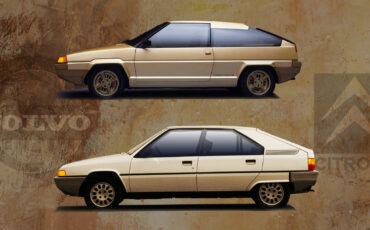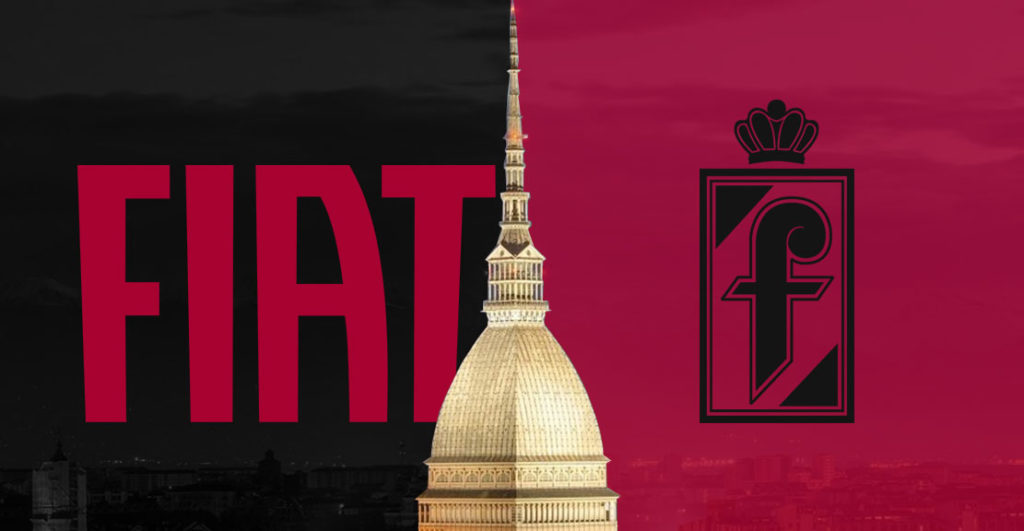
The 1999 marked a significant anniversary: Fiat's Centenary.
To celebrate the anniversary Pininfarina played an active part in the project organized by Italian Coachbuilders, displaying 70 of the cars that best represent the historic relationship with the Fiat Company on two of Turin’s most beautiful squares, in July 1999. Pininfarina also intended to pay homage to Fiat realizing Wish a research prototype built on the mechanical of the 2nd generation of the Fiat Punto.
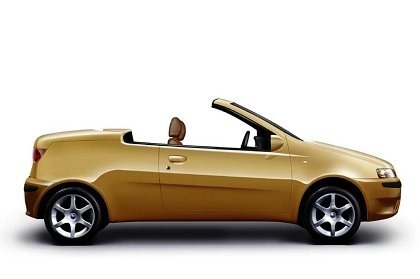
In the life of people and companies stories often intertwine to form a tightly woven fabric that is only strengthened by the passage of time and that shared work and mutual respect help to keep unaltered from generation to generation. That is the case of Fiat and Pininfarina, that have been travelling companions in realizing cars thought as aesthetic and industrial objects result of creativity and technology.
The little company FIAT, set up in 1899 thanks to an act of faith towards the future by Giovanni Agnelli and a small group of pioneers, has developed into a significant international presence. For its part Pininfarina, which was established by Battista Farina, known as Pinin, in 1930 as a craftsman coachbuilder, has been transformed over the years into a diversified complex which stands at the cutting edge of design, technology, and engineering.
The relationship between Pininfarina and Fiat actually started long before the foundation in 1930 of Carrozzeria Anonima Pinin Farina. Born in 1893, Pinin started working as a boy in the Stabilimenti Farina owned by his brother Giovanni, who was called in to co-operate with the Fiat, managed by Senator Giovanni Agnelli, when the was working on a new car, the Zero, the progenitor of all the utility cars.
The young Pinin was asked to design one part of the Zero, a component both technical and ornamental which was of enormous importance at the time: the radiator. That was his first success also because the Zero radiator was followed by the Zero body and then by other commissions: he became head of the design and engineering team in the Stabilimenti Farina until he set up his own Company in 1930.
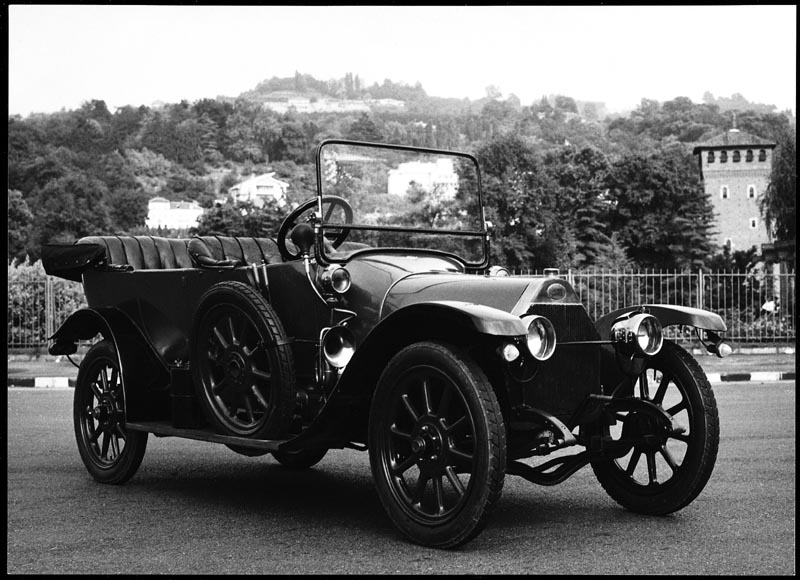
More than 140 saloons, coupés, spiders, cabriolets and research prototypes have come out of the Fiat-Pininfarina co-operation that was born in the Thirties when Pininfarina began building one-off models or mini-series deriving from Fiat models for clients who wanted to stand out from the crowd. That was the case of the Fiat 525 SS, a lively two-colour sports coupé dating from 1931 that marks the start of the relationship between Pinin’s new Company and a Fiat model.
The examples of this happy marriage between the innovative creativity of Pininfarina and sturdy Fiat chassis have become part of Italy’s automotive history. The numerous, innovatively elegant “greyhounds” built in the Thirties were followed in the late Forties by models like the Fiat 6C 1500 Cabriolet of 1947 and the 1949 Fiat 1100 S Berlinetta Sport, Pininfarina’s very first example of small production runs for Fiat.
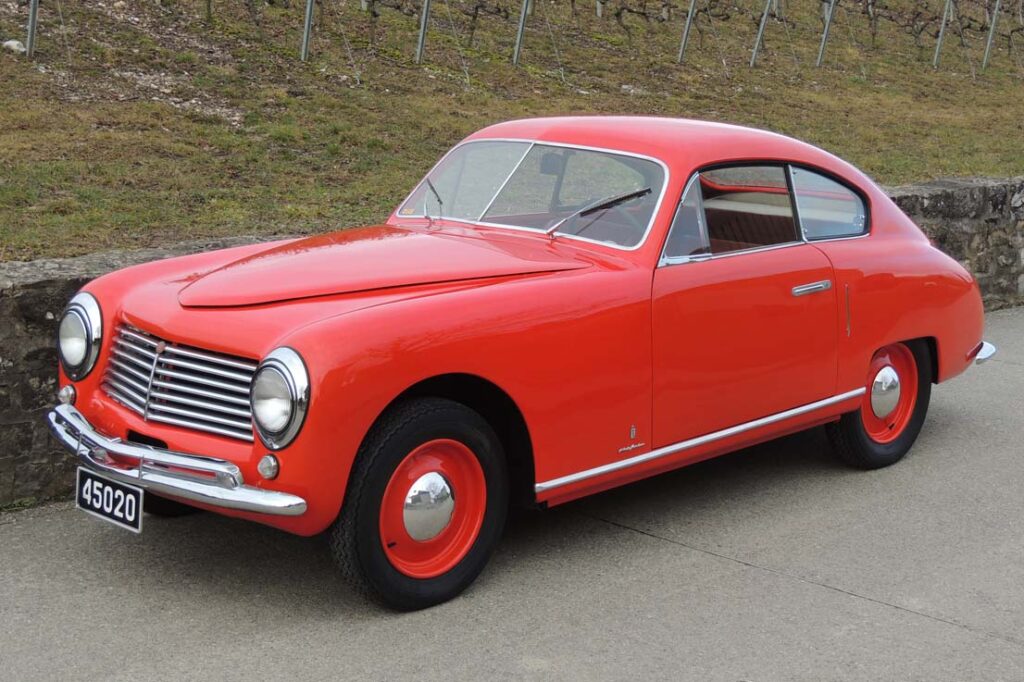
In 1953 the 1100 TV Coupé, an elegant, perfectly balanced sports car, was displayed as a prototype at the Paris Motor Show. Later mass produced by Pinin Farina, the car was marketed in 1954-57 by a network of Fiat-approved independent dealers.
Also from the Fifties were the 1100/103 TV Break, the first modern example of the GT “Giardinettas Granturismo” which came out in 1955, and the 1200 Coupé and Sport Wagon of 1957.
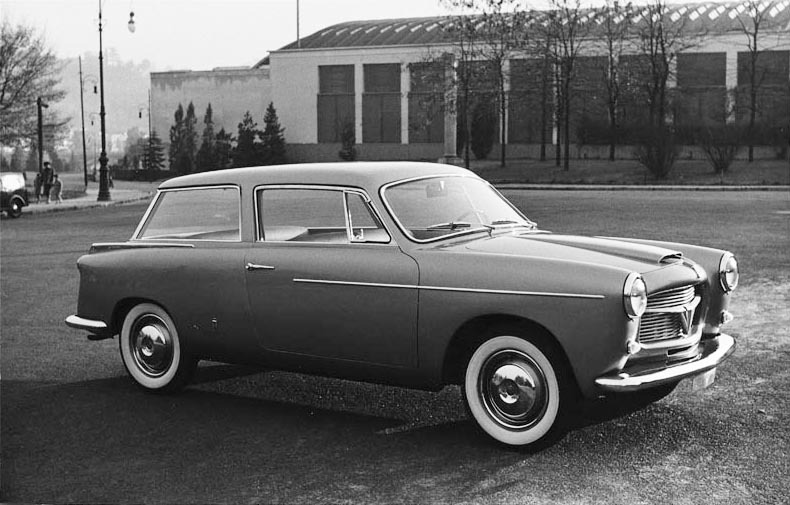
In 1963 at the Turin Motor Show a Coupé appeared the 2300 Lausanne, three years later, always at the same motor show two cars, destined to have a particular success, made their debut: the Fiat Dino Spider and the Fiat 124 Sport Spider. The first, built on a Fiat floorpan with a modified Ferrari 6- cylinder engine, previewed in the stubby tail these circular lights that were to typify the Ferrari cars of the Eighties. In its various evolutions, including the 1982 Spider Europa, the 124 was for Pininfarina a “big issue” model with over 200,000 units produced, of which 180,000 were sold in the USA. The Dino and the 124 were both mass produced in the Pininfarina factories. The Spider Europa was the first model to be manufactured and distributed, above all in the USA, with the Pininfarina badge on the bonnet.
The Coupé version of the 130, the outcome of Fiat-Pininfarina teamwork, is one of the most representative of Italian-produced cars. A derivative of the prestigious Fiat 130 with 6-cylinder engine, it is a refined Coupé with the sleek, elegantly classic lines of its period.
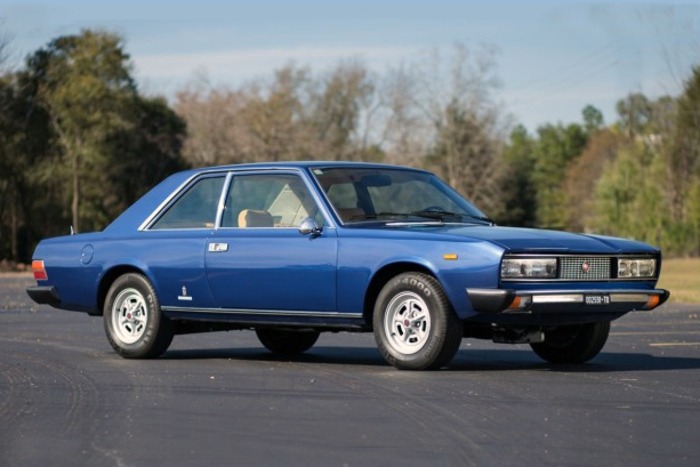
A theory emerged in the Eighties that the only way to be industrially competitive was to manufacture a limited number of models in huge volumes, in particular on multipurpose saloons for every country. Then everything changed in the Nineties, bringing a revived emphasis on niche models and the parallel decision to continue co-operating with coachbuilders and designers for the esthetical and technical development of its new products.
The partnership produced various designs and that’s not all. More importantly a new and interesting relationship developed between Fiat and Pininfarina, a relationship represented by the Coupé previewed at the Bologna Motor Show in 1993. It has to be said that Fiat’s confidence in Pininfarina is a constant in the history of the two Companies.
Thinking back to the Fifties, it is worth remembering how the coachbuilding business was shaken when mass production got under way in Italy with the Fiat 600 in 1955 and by the engineering manufacturing revolution that followed the introduction of the stress-bearing body. That seemed at the time to mark the end of the one-off models that individuals eager to own a really distinctive car used to commission from the expert coachbuilder. Many coachbuilders suffered this situation and actually did go out of business, but others were stimulated to move with industrial production that would have allowed them to successfully go on with their activity.
FIAT offered a kind of ‘sponsorship’ allowing coachbuilders to make a major technical leap forward. Those who exploited that opportunity correctly were able to combine pure design work with industrial activity, setting up, like us, engineering and research centres. Another major event occurred during Pininfarina’s period of industrial development. That was Fiat’s decision to entrust Pininfarina with the production of its Campagnola, an off-road vehicle for civilian and military use that was manufactured between 1974 and 1979.
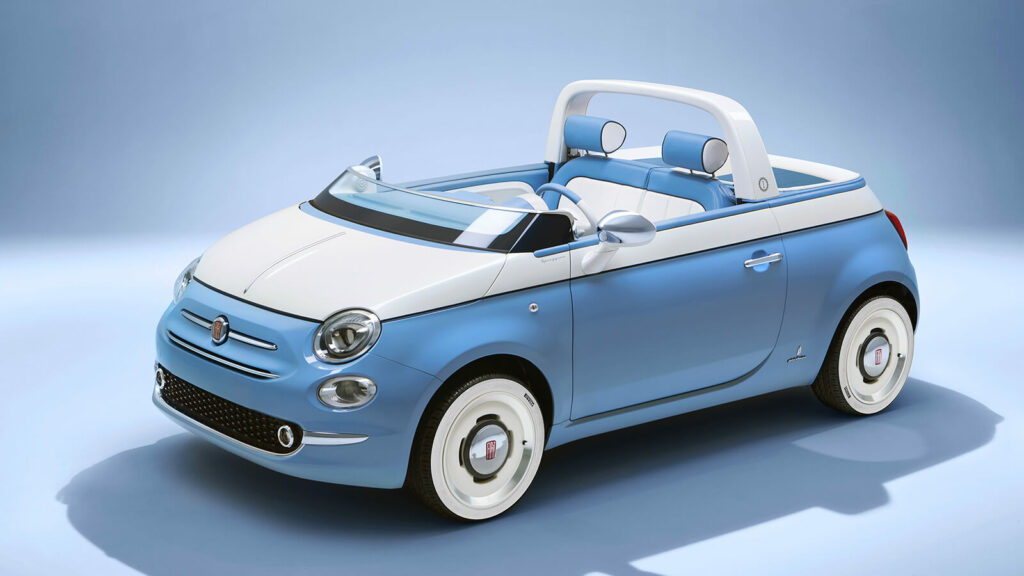
“For the first time Fiat assigned us such a task and it was tremendously important to us as a stimulus to further expansion on the manufacturing side” comments Sergio Pininfarina.
One of the fundamental aspects in the relationship between FIAT and the Italian coachbuilders is the support that, over the years has always accompanied the evolution of the sector and, therefore, of Italian style in general.
So Fiat, as a reference point and also as a winning image of Italy. The future seems to be challenging as never before for the car. But the collaboration with Fiat represents for Pininfarina a mutual stimulation, an opportunity to conduct design and engineering researches in a partnership that is bound to make the whole industry more competitive.


